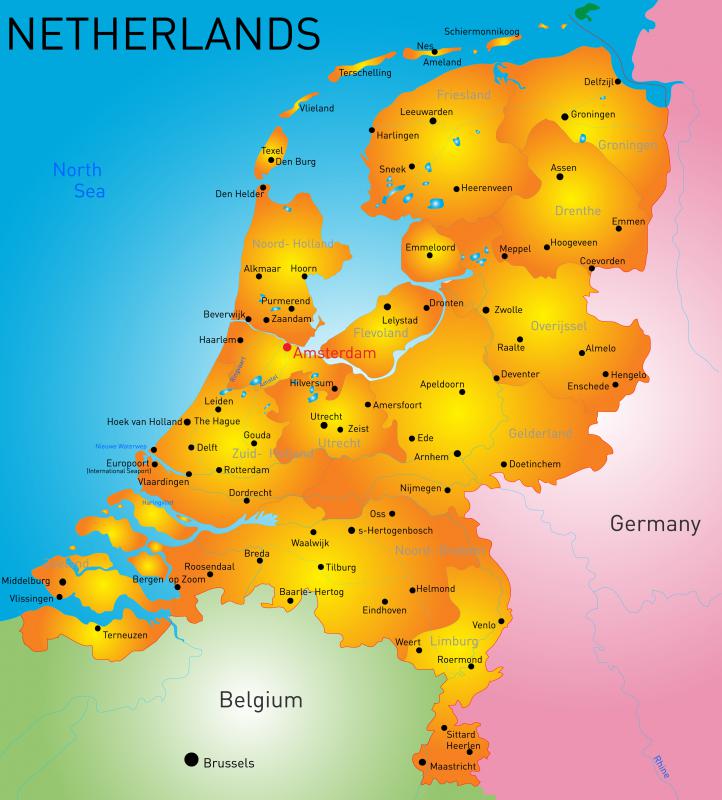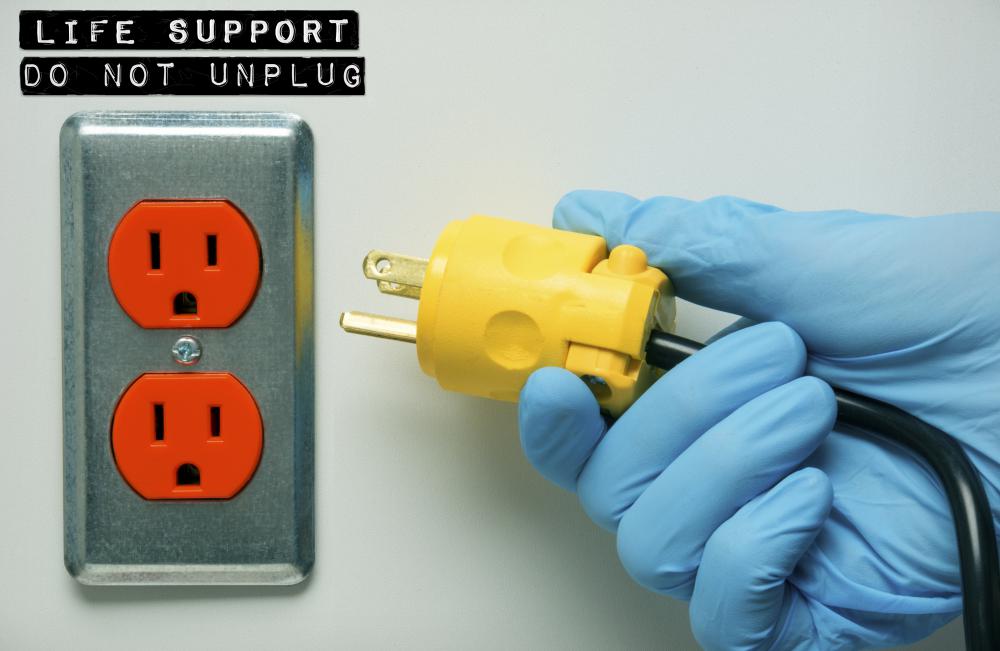At TheHealthBoard, we're committed to delivering accurate, trustworthy information. Our expert-authored content is rigorously fact-checked and sourced from credible authorities. Discover how we uphold the highest standards in providing you with reliable knowledge.
What is Passive Euthanasia?
Passive euthanasia is the term applied to a doctor’s actions in agreeing to withhold medical treatment from a terminally ill patient. Many times this agreement is made between the patient and the doctor while the patient is still conscious and able to make such a decision. Some individuals even have direct instructions to this effect placed in written form and witnessed by a third-party prior to becoming ill. In other cases, this decision is made by a family member.
Passive euthanasia differs from mercy killing or assisted suicide in that a doctor does not administer a substance or any treatment meant to deliberately end a person’s life. Instead, a doctor will agree to withdraw medical treatment when it is clear that a person will not recover from a terminal illness. As such, this type of euthanasia is viewed by many as a way to end suffering in terminally ill patients.

Ways of implementing passive euthanasia may include not feeding a patient or discontinuing the administration of fluids necessary to keep the patient hydrated. By not administering such basic life-sustaining care a terminally ill patient eventually expires. In the absence of an agreement to withhold these elements of care, a patient may linger in a painful or vegetative state for several months, years or even decades. Those in favor of using passive euthanasia when deemed necessary view it as a way to end a person’s suffering when there is nothing else, medically, which can be done to save her or his life.

Euthanasia laws in most jurisdictions do not consider passive euthanasia to be a criminal act. Assisted suicide, however, is legally considered a criminal act in most places. The difference between the two is highlighted by the fact that passive euthanasia is seen as a non-interference of death’s imminence, while active euthanasia is the deliberate administering of medication or activity with the direct intent of causing a person’s death.

Although legal in most places, passive euthanasia and the right to die in cases of terminal illness is a hotly debated topic. Among the reasons that some oppose passive euthanasia is that unending pain and suffering or an altered state of consciousness may not be the sole reason for its request. Instead, some believe that the withdrawal of medical treatment, even when sought by an individual patient, may be at times requested as a way to relieve caretakers of a future burden or to help a terminally ill patient avoid a loss of dignity.
AS FEATURED ON:
AS FEATURED ON:















Discussion Comments
@arod2b42
Another semantic issue: are you implying that euthanasia and suicide are the same? I think that there is a difference: suicide is the active termination of life, while euthanasia is the termination of life at the end of one's life or during extreme pain.
@BigBloom
Then where do we draw the line between what really is euthanasia and what is not? You could say that walking into a war zone unarmed is "pursuing the natural course of events," but is it suicide? I think so. I think that the line is ultimately hard to distinguish when the observation is based solely on actions. It is ultimately the motivation behind the action which determines it to be suicide or not.
I don't think that this should be called euthanasia at all. A person is not committing suicide by refusing to take medicine, they are simply following the natural course of events. Suicide is much more active.
Post your comments